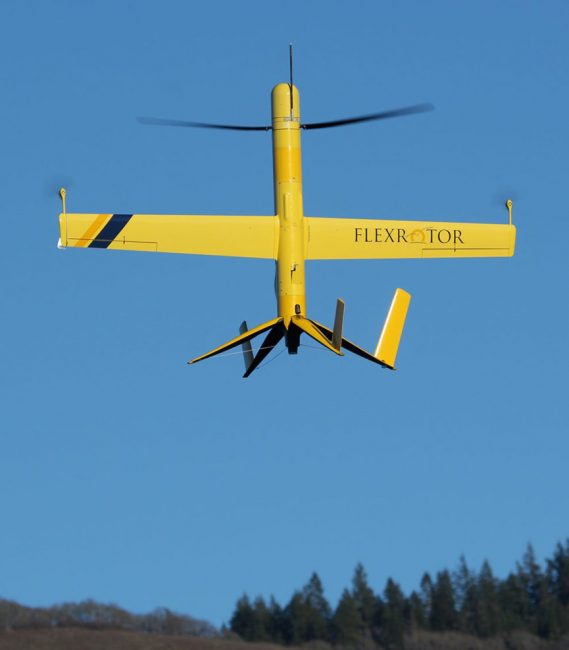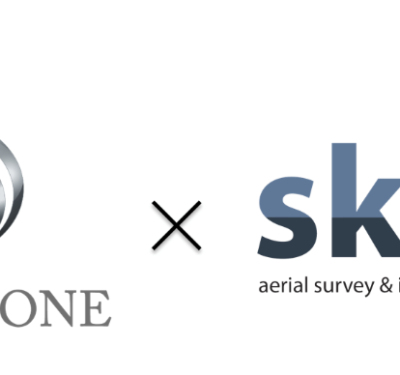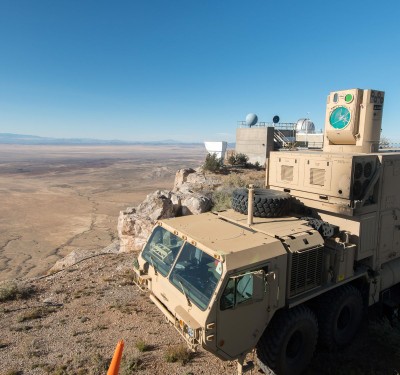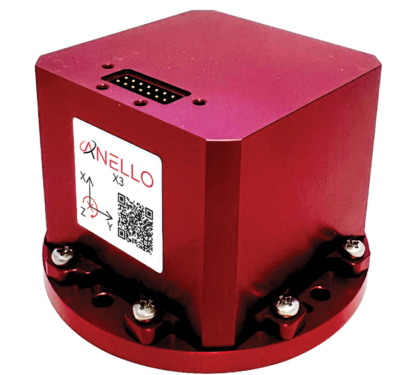
Aerovel’s VTOL Flexrotor UAV. Photo courtesy of Flexroter.
In collaboration with the University of Washington’s (UW) Autonomous Flight System Laboratory, Aerovel has developed a solution to the problem of heavy wind affecting the flights and landings of its small Flexrotor UAV. Aerovel Corporation is located in Bingen, Washington, a small town in the very windy Columbia River Gorge.
Flexrotors are used for intelligence-gathering, surveillance, target-acquisition and reconnaissance above land and sea. The Group 2 Flexrotors have a wingspan of 9.8 feet and weigh 31 to 55 pounds, depending on payload. They can fly at night, as well as day, and now can do so in difficult weather conditions. Aerovel touts the Flexrotor’s payload, range, autonomy, economy and ability to operate in any climate.
A hovering Flexrotor “is experiencing in seconds the whole of what is known in helicopter parlance as ‘the translational-lift regime,’ in which not only aerodynamic loads, but also control-effectiveness change sensitively with relative wind,” Aerovel Founder and Chief Technology Officer Tad McGeer explained. “In order to achieve the robustness that we want in rough air, we had to handle this regime with some unusual autopilot design.”
Dr. Kris Gauksheim, now chief software engineer for Aerovel, conducted the research for this project while in the UW graduate program. He explains that the Flexrotor is unusually efficient for a VTOL aircraft, which makes it more challenging to control. Gauksheim found little precedence in developing a robust and practical solution for high wind conditions, so the solution is largely original.
Aerovel details the capabilities and uses of Flexrotor on its website. The UW Autonomous Flight System Laboratory describes the services it offers and how its students and facilities can help businesses in the industry on its website.






